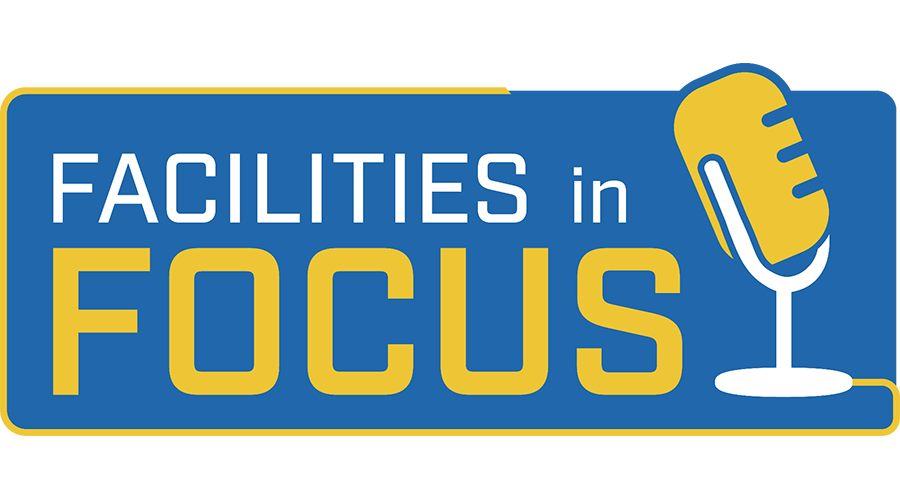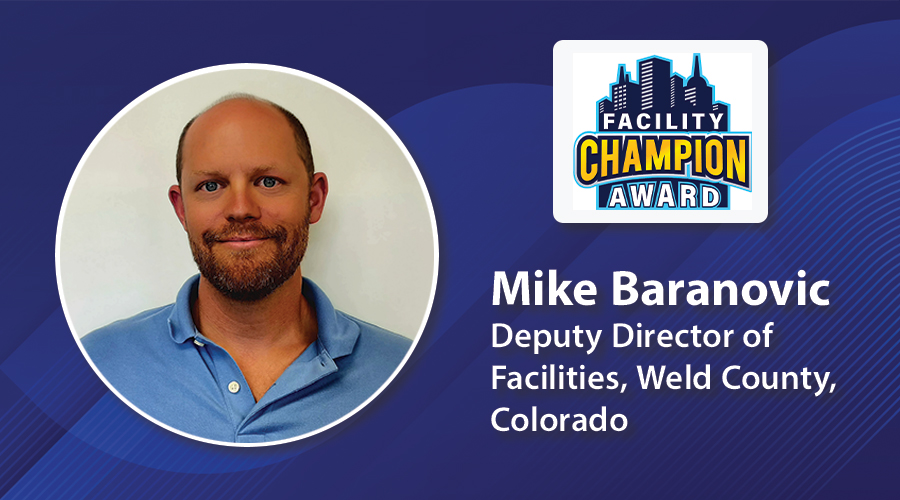Outlook
Avoiding culture clash: Forming successful outsourcing relationships
Two facility executives meet at a conference on facility management best practices. When they strike up a conversation, they find they both have outsourced a major facilities function within the past year. As they compare notes on their experiences, one executive touts his roaring success with the new outsourcing partnership, while the other laments a situation fraught with service and personnel problems.
The experiences of outsourcing efforts are as varied as the vendors providing the services, and no single factor accounts for the discrepancies in outsourcing relationships.
But one ingredient that often is overlooked in finding the right outsourcing mix is corporate culture. Understanding the tremendous impact corporate culture has on the success or failure of outsourcing can help facility executives avoid the pitfalls associated with a bad arrangement.
Defining culture
To find a good fit between an outsource firm and an organization, it is essential to understand what corporate culture means. There are many definitions for the term — from the formal one in the dictionary to the most informal ones voiced during focus group sessions with facility executives. Here are three apt descriptions:
• Culture is the sum total of ways of living built up by a group of human beings and transmitted from one generation to another;
• Culture is the values shared by the people in a group that tend to persist over time even when group membership changes, and the behavior patterns or style of an organization that new employees are automatically encouraged to follow by their fellow employees; and
• Culture is the way things get done around this place.
Culture is the very essence of a company’s DNA. It can be considered the company’s genes, personality, norms and values that often aren’t captured formally in documents or processes. Yet culture is the cement that holds a company together. The larger and more established the institution, the more entrenched and inflexible the culture tends to be.
Contrast that sort of corporate culture with the culture of an outsourcing firm, which, by the very nature of its business, has to be the antithesis of an older, more established corporate culture. To compete successfully in the marketplace, companies in the outsourcing business have to be fast-moving, dynamic and fluid, and have highly adaptable structures designed to change rapidly as new customer demands arise. Unless an outsource firm has a history and previous existence before it became a service provider, its culture is by design less well-defined and embedded within the organization.
The potential for a clash of these two cultures is clear. If an outsource firm and a prospective client company do not walk and talk the same cultural language from the beginning of the relationship, the two organizations end up working at cross purposes. The outsource firm doesn’t fit into the corporate environment and the corporate environment can’t work with the culture the outsource firm brings to the client.
For facility executives to secure the proper fit between cultures when they are searching for a service provider, they should do extensive homework at the front end of the solicitation and selection process while preparing their internal customer population for the change that is about to occur. In other words, striking a match between an external service provider, and the corporate constituents is all about relationship building and change management. What follows are guidelines to help determine whether an external service provider will be a good fit for the organization.
From the moment an organization determines a service or function is going to be outsourced, facility executives should involve customer groups and senior management in the outsourcing process. It’s important to have an outsourcing steering committee comprised of key customer and critical management organization representatives. The role of the steering committee is twofold: to help determine what attributes an outsource firm needs to possess to be successful within the company; and to syndicate the risk for the facility management organization in selecting a firm to be the service provider. Throughout the process, steering committee representatives serve as advisers to the facilities staff on everything from establishing the components of the RFP to developing the evaluation and selection criteria.
Once prospective bidders submit their proposals, the steering committee also participates in evaluating and selecting a vendor. Having customers involved in the outsourcing process from day one creates a stake for them in the outcome. At the same time, steering committee members help to sell the service provider concept to their respective organizations and pave the way for the transition in service delivery.
Before the RFP is actually written, facility executives should talk with colleagues that have good working relationships with their providers. Talking with colleagues in the same industry as well as those in unrelated industries is important. The essence of what is being explored is the relationship with the provider, not the industry they serve. Communicating with others allows facility executives to explore and pre-qualify potential outsource firms based on the experience of others. Through this research, facility executives can eliminate some firms from consideration and identify those they want to invite to participate in the competitive process.
Putting culture in the RFP
The topic of culture needs to be addressed in the RFP document. Too many outsourcing RFPs fail to include the requirement for a potential bidder to address their own corporate culture in the firm background section and a requirement for the firm to describe in the methodology section the process they use to blend the “three Ps” — personnel, policies and procedures — with those of the client company. As mentioned previously, if the outsource firm and the client don’t walk and talk the same cultural language from the beginning, the relationship is destined for failure. The RFP process creates the mechanism for facility executives, with the assistance of a steering committee, to establish the framework for that cultural fit. Most likely an outsource firm that can’t describe its own corporate culture and discuss in a proposal an approach for assimilating into the client culture document won’t be a good match for the client.
Make a site visit
Once proposals are received for review, steering committee members should perform due diligence on the bidding firms’ client experiences. This due diligence needs to be more stringent than calling and checking on references. A telephone conversation does not always shed light on the cultural fit issues.
The best way for facility executives and the steering committee to determine if the bidders have a healthy and stable relationship with their clients is to conduct a hands-on tour. The on-site visit affords the chance to observe how the culture of the company is manifested in everything from printed material to how people interact when they meet in the halls, break rooms and meetings. Once the corporate culture is observed, it also is important to talk with the facilities staff and a sample of clients to obtain their impressions of the client/provider relationship. A provider typically supplies client references that give a glowing recommendation about its performance, but this recommendation doesn’t necessarily mean the outsource firm will blend easily with another company’s culture.
Establish outsource personnel rules
The RFP process always should include an interview with the team members the outsource firm proposes for the company. A facility executive should make certain the team proposed is compatible with the in-house staff and the client population. Confirming that the team proposed is the team that will show up on the doorstep once the contract commences is also important. There’s often a stark contrast between an outsource team that develops proposals and makes presentations and the team that actually performs the work when the contract is awarded.
As part of the RFP and interview process, make clear that any personnel changes to the client team have to be approved and that there is a limit on the amount of time key staff positions can remain vacant. Too often, when key personnel from outsource firms leave and their positions remain open for months on end, the outsourcing relationship deteriorates.
Building safeguards into the outsourcing process is important. This ensures that the initial outsource team matches the corporate culture and any subsequent vacancies are filled with personnel who can operate within the corporate environment.
Educate customers in advance
The term “seamless transition” has been taken to an extreme by most organizations. In an effort to make the transition to an external provider as transparent as possible, many facility executives forget to educate their customers about the change.
Education and communication with customers about the new service relationship are essential elements in a strong outsourcing experience. No matter how carefully the transition is crafted, customers will experience some anxiety and discomfort with the change. Therefore, the more advance information they have about the changes in the “three Ps,” the fewer problems facility executives will encounter. Supplying information to customers about the outsource provider through a newsletter and the facility management Web site, as well as having personal meetings with key customer organizations to explore the changes and challenges of the new system, will expedite a smooth transition to the service provider.
Establish service level agreements
The value of having fully developed service level agreements (SLAs) between a provider and customers has been shown in thriving outsourcing relationships. Even when an organization doesn’t have service agreements with customers prior to outsourcing, provider SLAs with customers reduce major problems because customer expectation levels are predetermined and external service providers agree to them up front. When there aren’t any surprises for either party, stress and strain on the corporate culture of the customer is reduced.
SLAs also need to contain provisions for modifications to service requirements by the customer and provisions for changes to the “three Ps” by the vendor. Agreement on these rules and regulations at the beginning of the service period establishes a clear blueprint for the way in which the provider/ customer relationship unfolds.
Educate the service provider
No matter how confident and comfortable the facility executive organization is with its selection of an outsource provider, the service provider needs to be educated about the corporate culture before it commences work. Even the most promising of outsourcing relationships stumble if the facility executive does not take the time to educate the provider before it initiates the service agreement.
Crash course
Although the facility executive and the steering committee have performed the appropriate due diligence prior to vendor selection and have negotiated what they believe is the ideal agreement, the relationship isn’t consummated until the service provider receives in-service training by the facility staff and other key corporate officials. In other words, it is critical for the service provider to have a crash course in the client’s culture, including indoctrination in norms, values, formal and informal communication channels, and other idiosyncrasies of an individual company’s culture.
The real benefits of outsourcing take time. For the relationship to develop fully, facility executives need to get past the initial culture shock associated with significant change and take the steps to mesh the new service delivery approach in a planned and measured way.
Stormy Friday, IFMA Fellow, is the President of The Friday Group, a facility management consulting firm specializing in organization development, strategic sourcing alternatives, and customer service and marketing strategies. She is the author of Organization Development for Facility Managers: Tracing the DNA of FM Organizations.
Related Topics:











